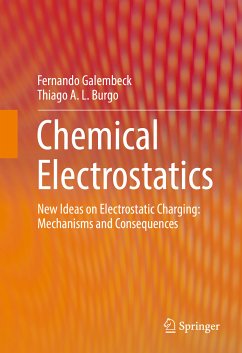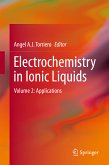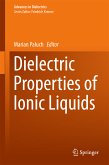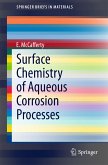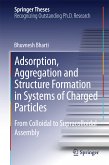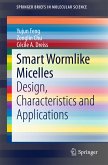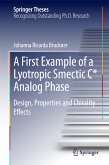Written by a leading researcher in this field, this book describes the formation and properties of the Earth capacitor, the production of environmental electricity and its effect on natural and anthropic systems and examines many situations in which water may play a decisive role in electrostatic behavior.
The authors present an informed critique of the long-held assumption that pure substances should be electroneutral. In this regard, the authors show that charge partition and accumulation is expected considering the electrochemical potential under non-zero electrostatic potential, which prevails at Earth surface.
This book provides conceptual tools to guide the reader through thecomplexities and consequences of electrostatic phenomena while covering exciting current topics such as energy scavenging from the environment, electrostatic based green production, energy-saving processes, electrochemistry at the solid-gas interface, therapeutic electrostatic treatments, applications in sanitation and pest control and control of atmospheric electricity and its use in climate engineering.
Dieser Download kann aus rechtlichen Gründen nur mit Rechnungsadresse in A, B, BG, CY, CZ, D, DK, EW, E, FIN, F, GR, HR, H, IRL, I, LT, L, LR, M, NL, PL, P, R, S, SLO, SK ausgeliefert werden.

